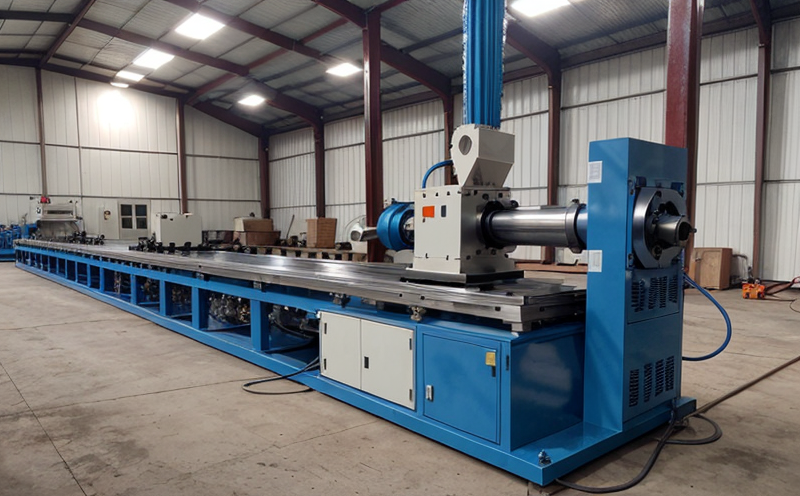Extruder equipment inspection
The process of inspecting extruder equipment is crucial in ensuring optimal performance and longevity. Extruders are complex machines used to convert raw materials into a specific form by applying heat, pressure, and shear stress. Proper maintenance and thorough inspections help prevent costly downtime, improve product quality, and ensure compliance with industry standards.
During an inspection, various components of the extruder are examined, including screws, barrels, feed systems, motors, drive belts, and cooling systems. The goal is to identify any signs of wear or damage that could lead to operational issues down the line. This includes checking for cracks, misalignments, and other defects that might affect the efficiency and safety of the machine.
The inspection process typically involves a combination of visual inspection, non-destructive testing (NDT), and destructive testing when necessary. Visual inspections are conducted by trained personnel who look for visible signs of wear or damage. NDT methods such as ultrasonic testing, magnetic particle testing, and liquid penetrant testing can be used to detect internal defects without damaging the component.
Destructive testing may be required for critical components where non-destructive tests are inconclusive. This involves removing a sample from the component for detailed examination under laboratory conditions. The results of these inspections form the basis for any necessary repairs or replacements, ensuring that the extruder operates safely and efficiently.
For quality managers and compliance officers, regular inspections are essential to maintain consistent product quality and ensure adherence to regulatory requirements. R&D engineers can benefit from detailed inspection reports to refine design parameters and improve machine performance. Procurement teams will find this service invaluable for sourcing high-quality replacement parts that meet the specific needs of their extruders.
| Standard | Description |
|---|---|
| ISO 9001:2015 | International standard for quality management systems. |
| ASTM D3674-18 | American Society for Testing and Materials specification for extruders. |
Applied Standards
The inspection of extruder equipment is governed by several international standards that ensure consistency, reliability, and compliance. The most relevant standard for this service is ASTM D3674-18, which provides specifications and recommendations for the design, construction, operation, and maintenance of extruders.
ISO 9001:2015 is another critical standard that applies to the inspection process. It sets out the requirements for a quality management system, ensuring that all aspects of the inspection are conducted in a structured and methodical manner. This includes documentation, training, and continuous improvement.
| Use Case/Example | Description |
|---|---|
| New Extruder Installation | Inspection during initial setup to ensure proper alignment and calibration. |
| Regular Maintenance Checks | Periodic inspections to maintain optimal performance and prevent failures. |
| Post-Failure Analysis | Detailed inspection after a failure event to identify the cause of the problem. |
International Acceptance and Recognition
- The inspection of extruder equipment is widely recognized in the plastics industry for its role in ensuring product quality and safety.
- Compliance with international standards such as ISO 9001:2015 and ASTM D3674-18 is essential for meeting regulatory requirements.
- The service provided here is recognized by leading manufacturers of extruder equipment, ensuring that the inspection process meets their highest standards.
Use Cases and Application Examples
| Standard | Description |
|---|---|
| ISO 9001:2015 | International standard for quality management systems. |
| ASTM D3674-18 | American Society for Testing and Materials specification for extruders. |





